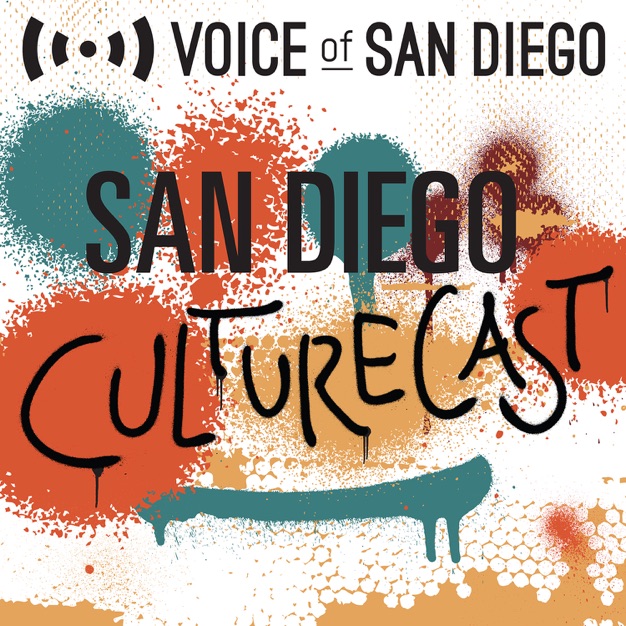
San Diego Culturecast by Voice of San Diego
Voice of San Diego | Kinsee Morlan
Culturecast is Voice of San Diego's podcast about arts and culture in the San Diego region. In the first season, host Kinsee Morlan will zero in on Barrio Logan and the tension between the locally driven DIY arts renaissance and the new wave of outside developers setting up shop in the neighborhood.
- 1 minute 11 secondsAn Announcement
A quick announcement about the future of Culturecast.
See omnystudio.com/listener for privacy information.
17 April 2018, 10:17 pm - 30 minutes 15 secondsHomeless Choir Sings for Change
Steph Johnson says there's a perception problem when it comes to homelessness.
The local jazz musician founded Voices of Our City Choir in 2016. In the beginning, Johnson simply wanted to provide an artistic outlet for people sleeping on the streets. She found a rehearsal space and invited homeless people to sing with her once a week.
The project, though, has since morphed into an advocacy group that works to humanize homelessness, build empathy for people experiencing it and advocate for change.
In a new episode of Culturecast, Voice of San Diego’s podcast covering arts and culture in the region, I talk to Johnson and three choir members about how the chorus has become a powerful voice for homelessness in San Diego.
See omnystudio.com/listener for privacy information.
20 March 2018, 6:59 pm - 41 minutes 34 secondsComic-Con's New Balboa Park Digs
A Comic-Con center is starting to take shape in Balboa Park. In a Q-and-A, Adam Smith, the organization's new director, and David Glanzer, a long-time Comic-Con staffer, talk about what we can expect from the new home of popular arts.
See omnystudio.com/listener for privacy information.
6 March 2018, 6:22 pm - 58 minutes 59 secondsIn 2017, the Border Was a Concept Nationally and a Canvas Locally
In this week’s Culturecast: Border art.
Though Trump’s aggressive border policies provoked an international conversation that lasted throughout 2017, for many of those involved, the border remains just a faraway political concept.
For the Californians and Mexicans who live near it, though, the border is a very real place.
That was driven home throughout the year as local and foreign artists used the border as a canvas on which they expressed opinions about Trump’s policies.
2017 has been a busy year for artist making work at or about the international border fence.
I asked three local artists and curators to join me to talk about border art in a roundtable discussion.
Alessandra Moctezuma, an artist who runs the gallery at San Diego Mesa College and who recently curated the “unDocumenta” border show currently on view at the Oceanside Museum of Art.
Jill Holslin, and artist, border activist and teacher at San Diego State University who recently took part in a big border art intervention.
And Perry Vasquez, a professor at Southwestern College in Chula Vista, the director of the art gallery there, and an artist who’s made iconic border art and curated shows by border artists.
See omnystudio.com/listener for privacy information.
2 January 2018, 5:26 pm - 17 minutes 36 secondsNASA Designer Makes One Giant Leap to Full-Time Artist
Melissa Walter had a job at NASA. She did graphic design, illustration and social media, mostly for NASA’s Chandra X-ray Observatory. She loved the job, but she also started obsessing over the fine art she was making at home in her spare time.
At the end of 2015, she decided to take the leap: She quit her full-time job so she could become a full-time artist.
"I was sort of having more confidence in what I was doing, and more excitement, and that's all I could think about," Walter said. "I realized, OK, this is it. This is what I should be spending my time on."
In a new episode of Culturecast, Voice of San Diego's podcast about arts and culture, I talk to Walter about her transition to full-time artist, and the science-based art that's been fueling her success.
Many artists who quit their day jobs flounder, at least in the beginning. But Walter has quickly flourished, scoring group and solo shows, plus residencies that have allowed her to explore large-scale installation work. She's also the subject of a new documentary by The Artist Odyssey, a San Diego production company that produces short films about artists for its subscribers.
The interest in Walter's art stems, in part, from her perfectionism. She's a bit obsessive-compulsive, which means she's able to intensely focus on her work and use time-consuming processes – like using thousands of tiny dots to create a shading effect – that result in attractive, detailed geometric images.
People also appreciate her exploration of astrophysics and astronomical objects. Because of Walter's background in science-based illustrations and graphic design, she's got a knack for turning complicated ideas into intriguing and meticulous minimalist drawings, sculptures and installations.
But even those who glaze over the dark matter, gravitational waves and other complicated concepts at the center of her art can still enjoy the clean images she creates.
"You don't have to know any of this to look at my work or appreciate it," she said. "I like the idea that people can connect to my work visually, and then if they take the time to learn about it more in depth, then maybe they'll be more curious or inspired."
See omnystudio.com/listener for privacy information.
24 October 2017, 9:48 pm - 59 minutes 40 secondsAn Update, a Teaser and a Conversation with Keep the Channel Open
Host Kinsee Morlan explains the silence, plays a trailer for Voice of San Diego's new "I Made it in San Diego" podcast and runs an episode from the Keep the Channel Open podcast in which she's interviewed by San Diego writer and photographer Mike Sakasegawa.
See omnystudio.com/listener for privacy information.
7 June 2017, 11:58 pm - 12 minutes 39 secondsRevisiting Balboa Park's 'Fruit Loop'
On a recent Friday night, a few dozen people gathered at Marston Point, a parking lot and lookout perched at the southwestern end of Balboa Park.
It was a particularly cold night, so some folks huddled around a portable fire pit gripping hot cider, others jumped in and out of about 15 parked cars spread across the lot. Inside each car, audio stories played on repeat. Each was a memory of Balboa Park's gay cruising culture.
Things have calmed down considerably in recent years, but Marston Point and the road leading to it were once an epicenter of gay culture in San Diego. Especially in the '50s and '60s, gay people pushed underground by the reigning mores of the time used the secluded area as a meeting place. Some folks, gay men mostly, used the dark pocket of the park to meet for anonymous sex. A few still do.
The area eventually earned itself a nickname: The Fruit Loop. And especially after the sun went down, the illicit activity cranked up. Things got so wild, city officials permanently closed the nearby public bathroom, and the two-way street leading to the Marston Point parking lot was made one-way to cut down on opportunities for drive-by eye contact.
The stories playing in the cars that cold Friday night were collected by artist Kate Clark and Lambda Archives, a nonprofit that collects and preserves the history of the local LGBT community. The event was part of the offbeat programming Clark produces through her public art series called Parkeology.
Clark embeds in urban parks and unearths long-buried stories, forgotten sites and other stuff kept out of public view. For the last two years, she’s been entrenched in Balboa Park.
In this episode of Culturecast, Voice of San Diego's podcast covering local arts and culture, I crawl in and out of the cars parked at Marston Point and take listeners along for a ride through the diverse stories Clark collected about The Fruit Loop and the gay culture that flourished in Balboa Park.
"You could think of that era of cruising as a negative but the fact of the matter is, people were coming here because it was a time when being gay was illegal," Clark said. "I think this history is actually really important because it speaks a lot about an era and the way people socialized and connected."
See omnystudio.com/listener for privacy information.
7 March 2017, 5:32 pm - 14 minutes 7 secondsStreet Performers Fight for Their Rights
In this episode of Culturecast, Voice of San Diego's podcast covering arts and culture in the region, I talk to buskers who think city policies need to change so San Diego's street culture can thrive.
See omnystudio.com/listener for privacy information.
2 February 2017, 3:38 pm - 10 minutes 17 secondsThe Art of the Women's March
A special Culturecast episode focused on the recent Women's March in San Diego.
See omnystudio.com/listener for privacy information.
26 January 2017, 8:53 pm - 8 minutes 55 secondsInside a San Diego Sound Booth
Chelsea Allen, the manager of community engagement at the San Diego Symphony, said she thinks San Diego's art and culture crowd is ready for new, exciting things.
"It seems from what we're learning that it's very brave," she said. "And it's willing to accept some new sounds or looks, so we're happy to be doing that here."
The symphony is shaking things up with its new Our American Music festival, a month-long concert series that includes shows by hip-hop legend Talib Kweli and folk singer/songwriter Rosanne Cash alongside chamber and classical music performances.
The festival also includes temporary public art installations – sound booths and a community quilt – that invite audiences to interact and create some art and music of their own.
For the first episode of Season 2 of Culturecast, Voice of San Diego's podcast covering arts and culture in region, I stepped inside a sound booth and talk to Allen and Brandon Steppe, the founder and director of the David’s Harp Foundation, a nonprofit that works with at-risk and homeless youth by providing free music education. The kids in Steppe's program collaborated with the symphony and helped produce the music for the booths.
All of the music and sounds you hear in this episode, by the way, are by David’s Harp students. The track I let play for a few seconds at the very end is called "Parade of History" by Nathaniel Randle.
See omnystudio.com/listener for privacy information.
12 January 2017, 2:57 pm - 29 minutes 47 secondsEpisode 5: Softening Gentrification's Blow in Barrio Logan
Anna Stump and Daphne Hill are leaving their Barrio Logan art studio. Their rent went up, and while that wasn't the only thing driving their decision, it hastened it.
Artists are often part of the first wave of a neighborhood's gentrification. Attracted to the big, open warehouses and affordable rents found in overlooked and forgotten urban neighborhoods, they move in, making the neighborhood cooler and in turn, attracting developers. Often, artists and other residents eventually find themselves priced out.
So how can artists help keep the same old cycle from playing out?
"I don't know how to solve the problem," Hill said. "Do you have an answer?"
I don't, but I talked to a few people who offered up some suggestions.
For episode five of Culturecast, VOSD’s podcast covering the intersection of arts and gentrification in Barrio Logan, I headed down to Bread & Salt, an arts space inside an old bread factory on the border of Barrio Logan and Logan Heights. I sat inside the warehouse for an entire day and talked to artists, architects and developers about what people are, or should be doing to address gentrification.
John Mireles is a commercial and fine art photographer who doesn't think gentrification is actually such a bad thing. He lives in Logan Heights, shows his art in galleries and coffee shops in the neighborhood and he’s also a landlord who owns and rents out property in the area.
Photo courtesy of J Raymond MirelesAt one of his recent art shows in Barrio Logan, Mireles told me he wanted to make a T-shirt that said "gentrifier" because he's proud of the work he's done to be part of and improve his neighborhood. Last year, Mireles took photos of some of his neighbors and community members, blew them up and hung them on his wooden fence.
He said as long as people who move into the area are respectful of the community, newcomers can be a good thing. Plus, he said, change is inevitable, so he wonders why people would want to try to stop it when a neighborhood’s property values are at their lowest.
"So often when people talk about gentrification, they're talking about a process of change as if it's this evil, horrible thing," he said. "If change is bad, when do we want this process of change to stop? Is it OK to stop when it becomes a very low-income neighborhood? Can neighborhoods only change from higher income to lower income and never reverse course? Can we only change from white to black to Hispanic to some other segregated ethnic group, or is it possible to have multicultural neighborhoods?"
Mireles thinks Barrio Logan is headed toward becoming a more multicultural, mixed-income neighborhood, and that's a good thing.
Musician Bill Caballero isn't as comfortable letting gentrification run its course. He agreed that change can't be stopped, but said artists and residents should work toward softening its blow.
Photo by Kinsee Morlan"The only way that we can stay and not be pushed out is for the artists to buy their own goddamn building," he said. "You get a co-op of artists to buy a four-story building ... and they share the building and they say, 'This is what's it's going to be and we're intractable.'"
Quick note to listeners: This is the last episode of what I’m calling Season 1 of Culturecast. I’m going to veer away from Barrio Logan for a while, but that doesn’t mean I won’t circle back.
I’ve heard from several listeners, and the one thing I keep hearing is that y’all wish I produced more episodes more often.
So I’m going to try to do that. I’ll do it by opening up the podcast to any story related to arts and culture in San Diego. The stories will probably be shorter and not serialized. I hope you’ll dig the new format. If you have any ideas for future episodes, shoot me an email.
See omnystudio.com/listener for privacy information.
20 December 2016, 2:12 pm - More Episodes? Get the App
Your feedback is valuable to us. Should you encounter any bugs, glitches, lack of functionality or other problems, please email us on [email protected] or join Moon.FM Telegram Group where you can talk directly to the dev team who are happy to answer any queries.
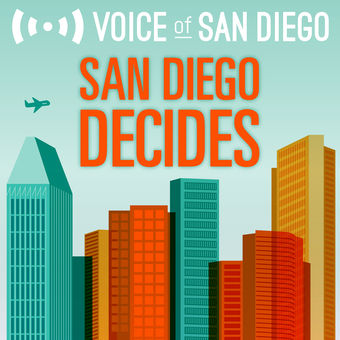 San Diego Decides by Voice of San Diego
San Diego Decides by Voice of San Diego
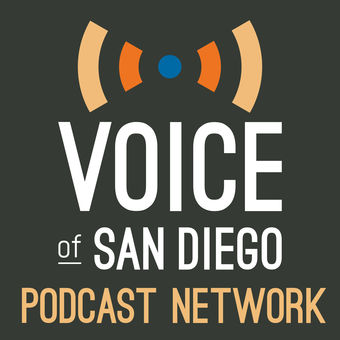 Voice of San Diego Podcast Network
Voice of San Diego Podcast Network
 San Diego News Now
San Diego News Now
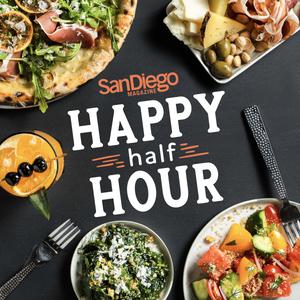 San Diego Magazine's Happy Half Hour
San Diego Magazine's Happy Half Hour
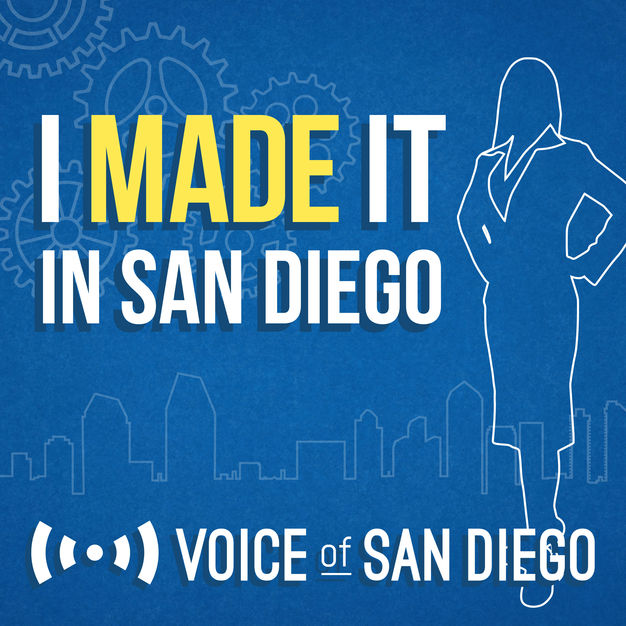 I Made it in San Diego by Voice of San Diego
I Made it in San Diego by Voice of San Diego
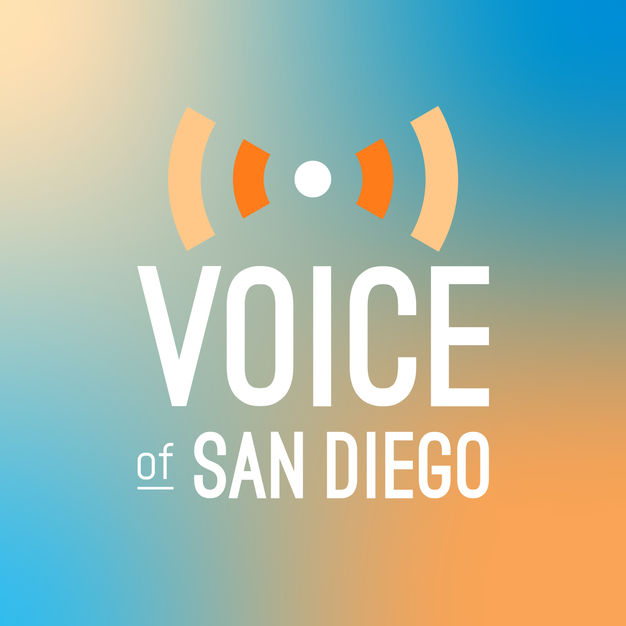 Voice of San Diego Podcast
Voice of San Diego Podcast